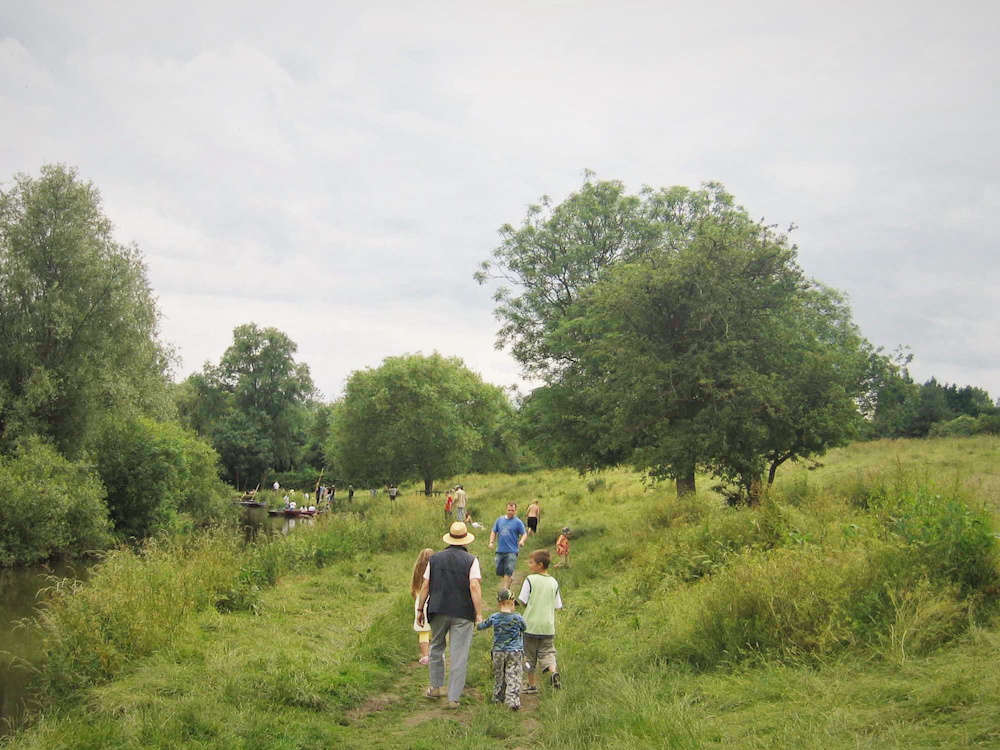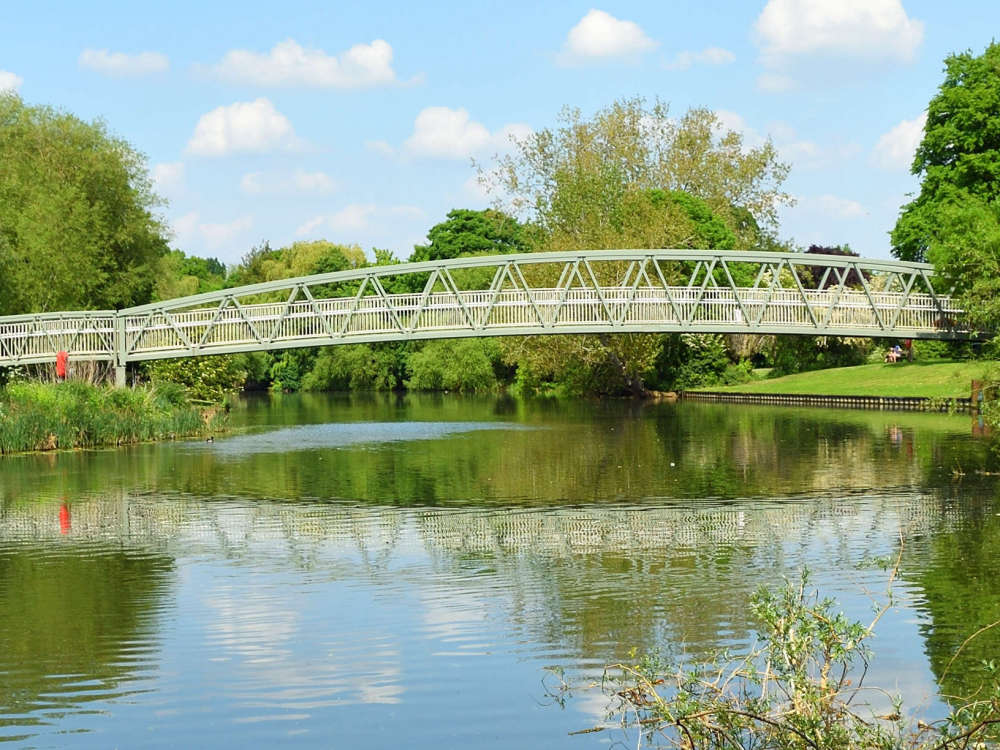
A ‘cool’ new device being developed by two NHS trusts and their supporters could bring relief to children suffering from the frustration of glue ear.
Experts from Cambridgeshire Community Services (CCS) and Cambridge University Hospitals (CUH) NHS Trusts pooled their expertise to adapt an existing brand of sports headphone so it helps young sufferers to hear.
Instead of fitting over blocked ears, the headphones sit on the cheek bones and contain a tiny mechanism that vibrates when it picks up a signal from a remote microphone.
The vibrations travel along the cheekbone and skip the middle ear before arriving in the inner ear where they are interpreted as sound. It’s known as “bone conduction”.
The development follows collaboration between CCS’s community paediatrician, Dr Tamsin Brown, medical engineer, Cara Cooper, from the CUH’s Clinical Engineering Department, and other academic and health colleagues locally.
The development work was funded through Cambridge University Health Partners and a pilot study is being carried out with support from Cambridge Hearing Trust, Health Enterprise East, the British Society of Audiology, BAPA and Health Education East of England. The pilot study, involving about 20 youngsters will report in Spring 2018 and support submission for classification as a Medical Device. The headset will hopefully be launched late in 2018.
By the age of ten, 80 per cent of children suffer at least one episode of glue ear, a condition where the middle ear becomes filled with fluid, preventing the ossicles amplifying sound for the inner ear.
However, due to spontaneous resolution in 95 per cent of cases, treatments are only offered after “watchful waiting” periods of up to 18 months, but this can lead to speech and language problems.
Mrs Cooper spoke of the collaboration at the latest Institute of Physics and Engineering in Medicine (IPEM) conference in Surrey and picked up the President’s Prize for best oral presentation.
She said: “As clinical engineers we are delighted to collaborate on this worthwhile project, which is a good example of horizontal innovation – the process of adapting an existing product for a new application.
“Of course the children like the headphones not only because they can enjoy things like story time with mum and dad, but because they look sporty and come in cool colours like blue, green and bright pink!”
Dr Brown added: “Watchful waiting is a very sensible approach, but it can be a long and frustrating time for children and impact on language development. We wanted to find a solution to that.
“Collaborating with the Clinical Engineering Department was a great success and, with the help of other organisations too, we have innovated with what we believe is a really practical and cost-effective solution.”
Malcolm Lowe-Lauri, Executive Director at Cambridge University Health Partners, said: “Cambridge is a city of ideas and innovation where people work together to find solutions to problems and help change lives for the better. This project is great example of this tradition and how collaboration can take an idea from the drawing board to the patient – turning possibilities into better healthcare. We look forward to seeing positive results coming out of the study ahead of the project launching later next year.”
The team has set up a website about their work at https://hearglueear.wordpress.com/


 Cambridge business targeted by raiders twice in 24 hours
Cambridge business targeted by raiders twice in 24 hours
 Grantchester Meadows to enjoy bright future
Grantchester Meadows to enjoy bright future
 Flying Scotsman returns to Cambridgeshire
Flying Scotsman returns to Cambridgeshire
 Man found stabbed in St Neots car park
Man found stabbed in St Neots car park


